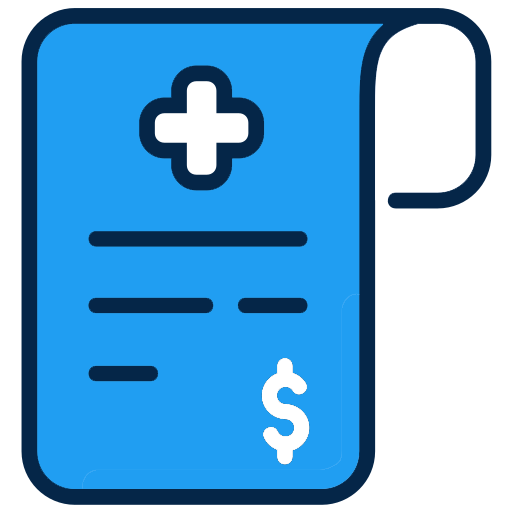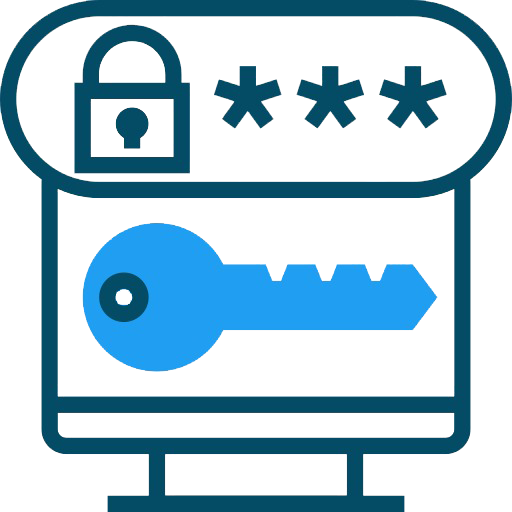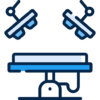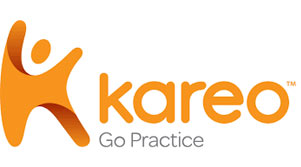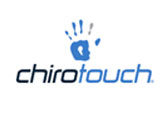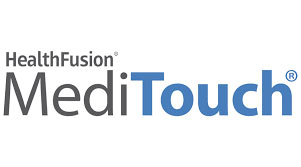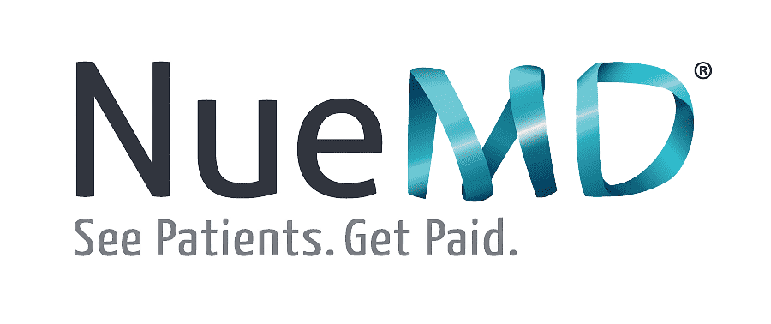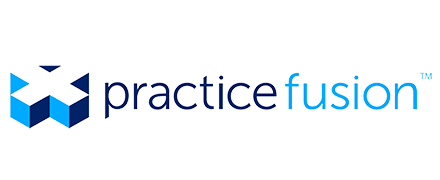Setting up a strong account receivables (AR) management strategy is important for a successful practice. Is the number of denials and write-offs escalating out of control? It’s possible that your accounts receivable plan has to be re-evaluated. An efficient healthcare AR strategy can result in speedier payments and improved financial performance, but where do you begin with such a complicated procedure as AR?
What is Account Receivables?
The sum due by healthcare providers for services performed to patients is billed to insurance companies. This is referred to as the accounts receivable procedure. In most cases, AR days are derived by dividing cumulative account receivable days by daily charges. If account receivable days exceed 30 days, payments to healthcare professionals will be postponed for at least 30 days. In fact, AR is divided into age groups – the time it takes for healthcare practitioners to bill their claims to insurance carriers and for the outstanding amount to be reflected.
Common Challenges in Optimizing Account Receivables
When healthcare providers do not get revenue reimbursements on time, their account receivables rise. Recovering money from individual patients puts a greater strain on medical providers’ accounts receivable operations. Missed collections during visits, individuals deferring payments owing to financial difficulty, the unpredictability of AR length, and other issues must be dealt with by providers. If accounts receivable ageing surpasses 90 days, revenue cycle management organizations and healthcare providers are likely to lose money and their claims will not be paid. The following are the most prevalent issues with significant account receivables:
1. Claim Denials
2. Unjustified write-offs
3. Debts that aren’t up to par
4. Collections
Many medical providers find that evaluating their systems is one of the simplest ways to enhance their accounts receivable. ARs gather, age, and turn into revenue loss when process errors and blunders go unchecked. A few pointers can help revenue cycle management organizations overcome some of the most prevalent account receivable issues and recover payments without incurring any revenue loss.
A/R Tracking
Keeping track of your accounts receivables on a monthly basis provides suppliers with the data they need to identify customers who are at risk of losing revenue and adding to bad debt. Providers can evaluate ARs over time to spot potentially dangerous trends, and identify any remaining reimbursements that are relatively simple to resolve.
Providers should examine their AR data to identify how old their borrowers are and what their collection rates are. These two measures give you an overview of your provider’s AR cycles and whether they’re on the correct track. The number of ARs in each age group is revealed via aged debtor reports. The success of providers in turning ARs to payments in a fiscal period is measured by collection rates.
Providers must conduct reports to identify their average AR cycles while tracking accounts receivable. Is there a lapse between giving treatment and billing patients? Because longer ARs are more likely to be forgotten by patients and may go unpaid, getting the cycle started as soon as possible can prevent them from ageing past collection. Identifying the period of various steps of the AR cycle can assist providers in determining where improvements might be made.
Identifying Root Cause of Denials
The second AR recovery approach is to figure out what’s causing your denial patterns. When dealing with insurance claim denials, it’s critical to discover payer trends as well as the fundamental cause of denial trends so that action plans may be put in place to prevent future denials. Although all payers utilize the same CAS Codes, not all payers use them in the same manner. Assess CAS Codes by payer group and link CAS Codes depending on your understanding of the payer. You can fix several rejections quickly if you recognize payer patterns, and start investigating the fundamental cause of the denial.
Making it Right in First Attempt
It’s vital that clinicians obtain accurate patient data and submit the right claims in the first time itself. From the start, inconsistencies and errors set physicians up for insurance claim denials and longer AR cycles. The most significant challenge to medical claim payment is unverified insurance. From a revenue cycle standpoint, collecting the most accurate information up front begins with patient scheduling and registration, which lays the foundation for claims to be paid and received in the most efficient and productive way possible.
Optimizing your accounts receivable in healthcare necessitates proactive revenue cycle management and the elimination of any process inefficiencies. Investing time and effort into improving administration, running AR reports, and tracking claims can help healthcare providers recover revenue that would otherwise be wasted.
Medical billing and A/R outsourcing companies like Info Hub Consultancy Services (ICS) can use their knowledge and big data analytics to pinpoint where providers are having the most trouble with their accounts receivable. Integrations with your electronic health records to capture all charges, ensure code accuracy, and automatically resubmit rejected claims, eliminate many of the administrative problems that might occur during the revenue and accounts receivable cycles. Contact us to partner with our professional team of A/R specialists from ICS.
Read More Blogs: Importance Of A/R Follow-Up And Denial Management

